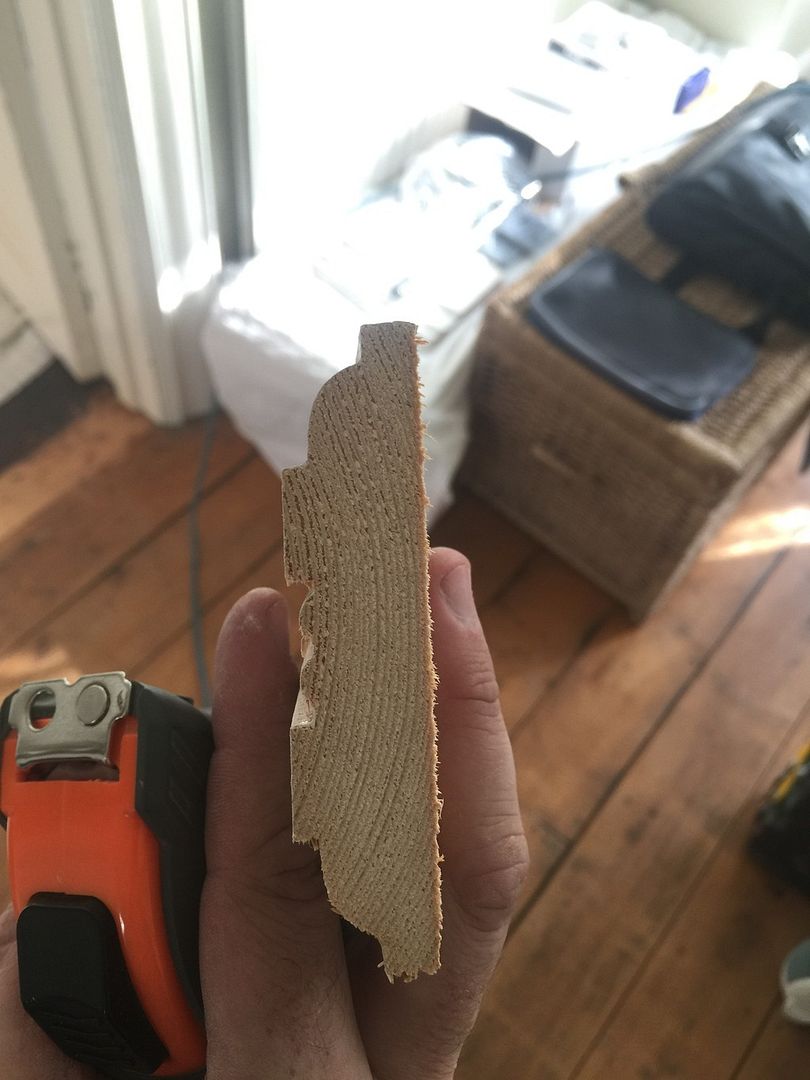MrYorke":2jbum5vp said:
Thanks for the suggestions. Doing it in 2 halves looks to be the best solution for me.
I did find these on Wealdon Tools. Looks interesting.....but is a long shank reeeeally that safe?!
http://www.wealdentool.com/acatalog/Abo ... Mould.html
If going that route, I would use the 1/2" shank to get maximum rigidity. It looks like the kit for a double reed would be 37.10, inc. VAT (plus postage). Given what it is, that isn't very pricey, but it's not exactly cheap.
The max rigidity thing isn't about safety -- it will be perfectly safe if the collet is in good condition and the cutter set is properly clamped -- it's quality of cut. The cutter will chatter least, giving a cleaner finish.
But in any case I'd make a couple of passes at maximum depth to get the best from it, with really fierce dust extraction to minimse the possibility of burning. The biggest issue is the diameter of the cutter, compared to a spindle -- that will affect the smoothness of finish, and is why I'd do two finish passes. It will also probably mean you get more vibration on the RT (multiple shallow passes will limit this).
One other observation: will it be a long piece of stock? I occasionally make up stuff for the house, and even with a double garage, roller stands and the RT in the middle, long stock is a nuisance. I've ended up with stuff hanging out of the back door (9"drop down to the concrete outside), going through on a diagonal. For dado here , I'd want the longest pieces I could get, to minimise joins in straight runs.
Finally, if they want it in deal, like the picture, you may struggle with tearout. Spindles are better, because the exit angle for the cutter is shallower. In comparison, a router cutter is really tugging at the wood on exit.
It looks do-able but 'interesting'.



































